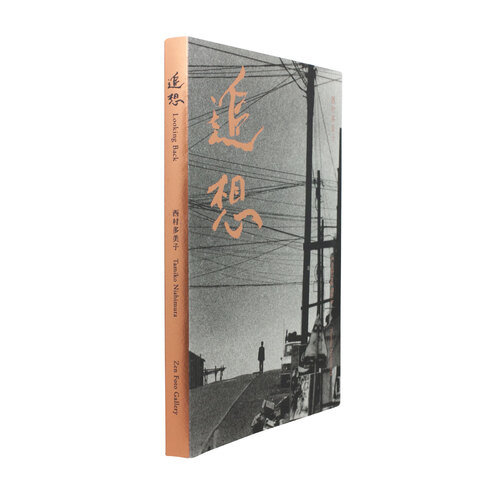
Signed, New, Special Edition
Looking Back Special Edition (C)
With a signed print
3 different images available; each image limited to an edition of 10
Print Size: 165 × 240 mm
Print Type: Digital Type C Print
The photographs in Tamiko Nishimura's 2024 publication "Looking Back" were taken between 1968 and the 1970s. They range from photographs taken while Nishimura was still a student at a photography school, to explorations of Okinawa before the Reversion Agreement came into effect in 1971, to her travels in northern Japan. Her snapshots are at once historical time capsules and expressions of Nishimura's desire to see and experience. Though rooted in the snapshot tradition, Nishimura employs a diverse and engaging photographic language to capture her subjects, from flowers growing along a road to close-ups of a crying baby or a stunning shot of a couple holding hands and embracing the sunset. Throughout the book, Nishimura's photographs seem imbued with a strangely sentimental mood, as if she were looking back from a future perspective at the moment of their creation.
“I photographed every day and travelled a lot. Looking back, it was the time when I took the most pictures. Perhaps because I had been longing for the north since childhood, I often went to Tohoku, Hokkaido and Hokuriku in winter to experience the snowy season […]
In April 2024, I went to New York for the first time for my solo exhibition. I shot 12 rolls of film in one week, taking photographs in the car from the apartment I was staying in Brooklyn to the gallery in Manhattan, and walking around near the apartment.
I couldn't help but laugh as I was taking snapshots at the market in the park near my apartment, thinking that I was doing just the same, fifty years ago.”
― from Tamiko Nishimura’s afterword
$254.29
- -Book Size
- 251 × 190 mm
- -Pages
- 168 pages, 113 images
- -Binding
- Softcover, Slipcase
- -Publication Year
- 2024
- -Language
- English, Japanese
- -Limited Edition
- 10













